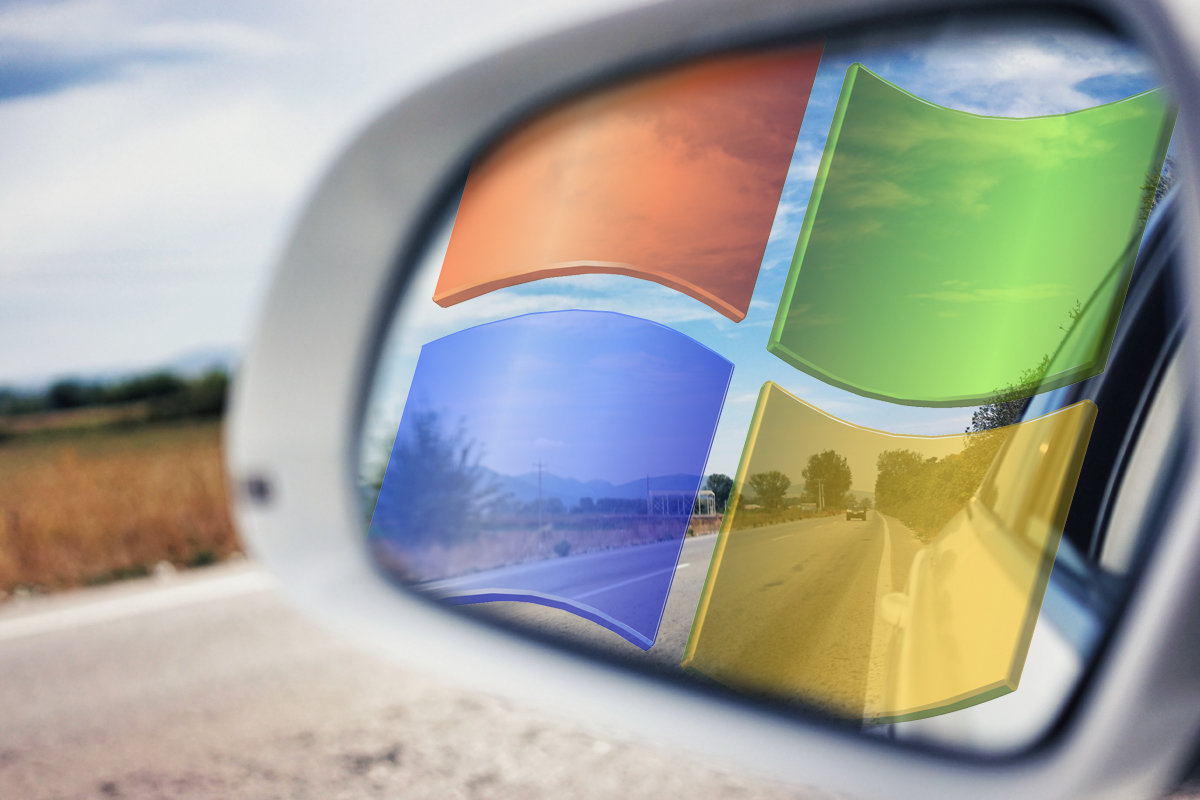The coronavirus pandemic and its countless disruptions, from business closures to workers fleeing to home offices, appear to have stopped any big migrations from Windows 7 to Windows 10.
Windows 10’s share remained flat in March, though users had an excuse for pausing migrations: the raging COVID-19 pandemic.
According to metrics vendor Net Applications, Windows 10 accounted for 57.3% of global OS share last month and represented 64.3% of the various flavors of Windows powering PCs. Although the former was near a tie with the month prior, the latter – a better indication of Windows 10’s success in convincing users to upgrade – was significantly lower than February’s 65.1%.
Windows 10’s percentage of only Windows PCs was larger than the percentage of all personal computers because Windows did not power every system. In March, Windows was the OS of 89.2% of the world’s personal computers – an increase of a full point. Of the rest, all but a tiny fraction ran macOS, Linux or Chrome OS, in decreasing order.
A March increase in Windows overall share was the cause of Windows 10’s decrease when calculated as a portion of just Windows. (Windows 10’s part of the pot didn’t get larger in March, but the pot itself did.)
The stabilization of Windows 10’s share, following February’s very minor uptick, has altered the forecast for the operating system. All signs point now toward a significantly slower uptake.
Rather than reaching 75% by September and nearly 80% by the end of 2020 – numbers from last month’s prediction – Windows 10 now looks like it won’t make those marks until January 2021 and May 2021, respectively.
It’s impossible to know with any certainty, of course, but the pandemic and its countless disruptions of normality, from business closures to workers trying to keep things running from home, has to have put the kibosh on migrating from Windows 7 to Windows 10. With everything in such flux, if not downright chaos, it’s easy to believe that many have decided that now isn’t the time for anything but the most critical tasks.
And a Windows 7-to-Windows 10 upgrade, even when the former has had its security updates terminated, no longer deserves a spot on that task list.
Windows 7 stays strong
As Windows 10 moved nary a whit, Windows 7 actually grew its share during March.
Net Applications pegged Windows 7 at 26.2% of all desktop operating systems, up a percentage point from February. As a portion of only Windows, the 2009 OS was estimated at 29.4%, a gain of eight-tenths of a point over the month prior. The increases were the largest since September 2019.
The numbers don’t mean that 12 million or so PCs magically reverted to Windows 7, transformed from Windows 10 as part of some secret rollback. Instead, the Net Applications’ data, which measured activity, may have simply signaled that many dusted off their older, largely unused personal PCs when they were told by employers to head home and work – or try to work – from there.
If that speculation has some factual basis, Net Applications should continue to report a steadfastness by Windows 7 as those machines are pressed into service through the COVID-19 crisis. In turn, Microsoft might be pressed by customers, including its very important commercial, enterprise-sized customers, to restore security updates to Windows 7 for, perhaps, the duration of the pandemic.
Microsoft already produces those updates for its corporate Extended Security Updates (ESU) program, which for a fee has provided companies fixes for vulnerabilities tagged as “Critical” or “Important” during both February and March. The Redmond, Wash. developer could deliver these patches to every Windows 7 PC – again, as long as the work-at-home mandates last – and compensate paying customers by extending the updates by as many months.
Elsewhere in Net Applications’ data, Windows 8/8.1 bumped up one-tenth of a percentage point, ending March at a 4.2% share of all personal computers but 4.8% of those running Windows. Meanwhile, macOS sloughed off half a percentage point last month, powering 8.9% of all personal computers. It was the first time since July 2019 that Apple’s operating system slumped below 9% and its lowest mark in two and a half years.
Net Applications calculates operating system share by detecting the agent strings of the browsers used to reach the websites of Net Applications’ clients. The firm tallies visitor sessions to measure operating system activity.
This article originally appeared on ComputerWorld.

